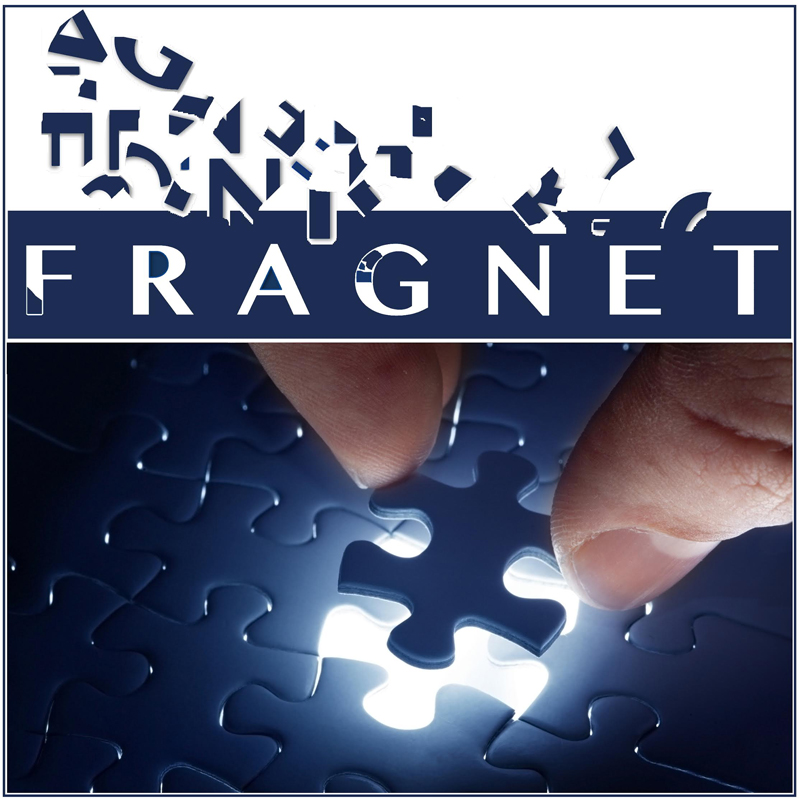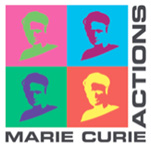Fragnet
Breakthroughs in genomics research have given us a wealth of information about the molecular processes that underlay specific diseases. Clinical intervention is most often achieved by identifying chemical compounds (ligands) that modulate key biological targets, for example enzymes or receptor proteins that are key in the pathophysiology. Finding such ligands is the first step in developing a medicine but identifying suitable starting points was a difficult and expensive effort. Recently, a new approach, propelled by the latest technologies in chemistry, physics and biology is offering a rational and efficient alternative to identify chemical starting points for drug development. This highly multidisciplinary approach is called Fragment-Based Lead Discovery (FBLD). The Marie Skłodowska -Curie Innovative Training Network (ITN) FRAGNET is set up to train a new generation of young researchers in the much needed holistic understanding of all aspects of FBLD, thereby enabling them to use the different methods and technologies to develop the next generation of medicines.

Background
In the last ten years, Fragment-Based Lead Discovery (FBLD, also known as Fragment-Based Drug Discovery FBDD), has proven to be an effective approach towards the discovery of small molecule compounds (ligands) that can bind to biological target molecules such as proteins and nucleic acids. The key feature of this approach is that ligand discovery begins with the screening of low molecular weight ( The FBLD process begins with screening a fragment library against a target to identify fragments that bind. This requires a library of compounds and an experimental method to detect binding. Once hits are identified, the structure of representative fragments binding to the target is determined, usually by X-ray crystallography or sometimes using NMR methods. The fragments are then evolved to compounds with higher affinity by structure-based design and synthetic chemistry. The resulting leads can be used as tools to assess how changing the activity of a protein can affect target or cell biology or can be used as a starting point for drug discovery.
The FBLD process means a much smaller investment is required in terms of automation and development of compounds in comparison to those required by High Throughput Screening (HTS), which has been the mainstay of hit identification for drug discovery in the last twenty years. The FBLD approach has been effectively developed within some small companies for drug discovery and is now increasingly being deployed in academic research to provide small molecule tools to probe targets (chemical biology). At the same time, large pharmaceutical companies are now routinely using FBLD for hit identification, often alongside HTS. This has the advantage of enabling synergy between FBLD and HTS, where the fragments can help to dissect the key binding features of larger compounds and provide ideas for compound optimisation.
Training objectives
Many FBLD technologies and approaches have been developed in small biotech companies. The methods are now becoming implemented widely across the pharmaceutical sciences and this includes the full spectrum from academia to large pharma companies. However, the broad interdisciplinary nature of the skillsets required provides a real challenge from the perspective of training young scientists. The need for such scientists is evidenced by the strong support for FragNet from industrial beneficiaries and partners.
Contact details
Please contact us at:
info@fragnet.eu
FRAGNET Coordinator
VU University Amsterdam
The Netherlands


 Marie Curie Actions
Marie Curie Actions
 EU Horizon 2020
EU Horizon 2020
